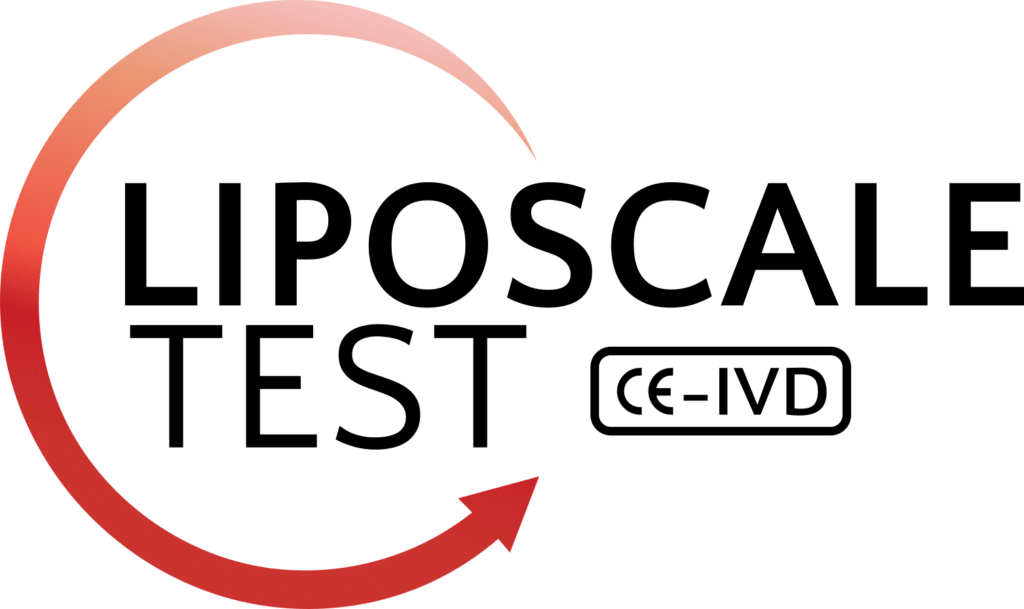The athero-contour: A novel tool for global and rapid assessment of atherogenic parameters. A use case in saroglitazar treatment of MAFLD patients
Abstract Background and aims: Comprehensive assessment of pharmacotherapy effects on atherogenic parameters (AP) that influence the risk of cardiovascular disease (CVD) is challenging due to interactions among a large number of parameters that modulate CVD risk. Methods: We developed an illustrative tool, athero-contour (AC), which incorporates weighted key lipid, lipo- and glycoprotein parameters, to readily […]
Fecal metabolomics to understand intestinal dysfunction in male dairy beef calves at arrival to the rearing farm
Abstract Fecal biomarkers are becoming an important analytical tool since feces are in direct contact with the inflamed intestine and site for the gut microbiome. The objective of this study was the identification of differential fecal metabolites by means of 1H-NMR to evaluate the management of male dairy beef calves, and which could become potential […]
Effect of early initiation of empagliflozin with or without sacubitril/valsartan in a swine model of myocardial infarction
Abstract Introduction Empagliflozin and sacubitril/valsartan reduce cardiovascular mortality and heart failure hospitalization rates, but the effect of early initiation of these drugs following myocardial infarction (MI) remains unknown. Methods Twenty-four pigs with MI were randomized to receive treatment with beta blockers (BB) (Control, n=8), empagliflozin + BB (Empa, n=8), or empagliflozin + sacubitril/valsartan + BB […]
GDF15 Circulating Levels Are Associated with Metabolic-Associated Liver Injury and Atherosclerotic Cardiovascular Disease
Abstract There is growing evidence linking growth differentiation factor 15 (GDF15) to both metabolic dysfunction-associated steatotic liver disease (MASLD) and cardiovascular (CV) risk. Nevertheless, the potential relationship between circulating levels of GDF15 and key features of MASLD being predisposed to atherosclerotic CV disease is not fully unveiled. The aim of this study was to deepen […]
Urinary Hippuric Acid as a Sex-Dependent Biomarker for Fruit and Nut Intake Raised from the EAT-Lancet Index and Nuclear Magnetic Resonance Analysis
Abstract Background/Objectives: Assessing nutrient intake is essential for understanding body homeostasis and diet-health interactions. Traditional methods, such as dietary questionnaires and quality indices, are limited by subjectivity and variability in food composition tables. Metabolomic markers, like urinary hippuric acid, provide an objective means to estimate food and nutrient intake, helping to link dietary patterns with […]
Initiating Empagliflozin and Sacubitril/Valsartan Early After Acute Myocardial Infarction: Mechanistic Study
Abstract Background: Empagliflozin and sacubitril/valsartan are established in heart failure treatment, but their effects after myocardial infarction (MI) are less clear. This study evaluated early empagliflozin initiation, with or without sacubitril/valsartan, on post-MI inflammation, oxidative stress, metabolism, fibrosis, cardiac function, and ventricular tachycardia (VT) risk in a pig model. Methods: A total of 24 of […]
Fundamentals of lipoprotein(a) request and quantification in the clinical laboratory
Abstract Cardiovascular diseases keep being the leading cause of mortality in Spain. Efforts should be intensified to identify new risk factors that may contribute to increasing cardiovascular risk. Lipoprotein(a) (Lp(a)) has been associated with a higher risk for developing aortic valve stenosis, heart failure, ischemic stroke, ischemic heart disease and peripheral arterial disease. Hyperlipoproteinemia(a) is […]
Association between exposure to air pollution and blood lipids in the general population of Spain
Abstract Background and aims: We aimed to assess the associations of exposure to air pollutants and standard and advanced lipoprotein measures, in a nationwide sample representative of the adult population of Spain. Methods: We included 4647 adults (>18 years), participants in the national, cross-sectional, population-based di@bet.es study, conducted in 2008-2010. Standard lipid measurements were analysed […]
Widespread lipoprotein alterations in a REDUCE-IT like population: The icosapent ethyl (IPE)-NMR avatar study
Abstract Background and aim: Triglycerides (TG) are independent cardiovascular risk markers, yet TG-lowering therapies have failed to reduce major adverse cardiovascular events. However, high-dose icosapent ethyl (IPE) significantly reduces cardiovascular events in high-risk patients with controlled low-density lipoprotein cholesterol (LDL-C) and TG > 1.7 mmol/L. Elevated TG levels contribute to widespread lipoprotein metabolism disruptions, which […]
Multiomics in atherosclerotic cardiovascular disease
Abstract Background and aims: Atherosclerotic cardiovascular disease (ASCVD) is among the leading causes of death worldwide, and technological advances have made it possible to expand the repertoire of biomarkers used in diagnostics and treatment of ASCVD. These include different omics (genomics, epigenomics, transcriptomics, proteomics, and metabolomics). We introduce the various layers of omic data and […]


